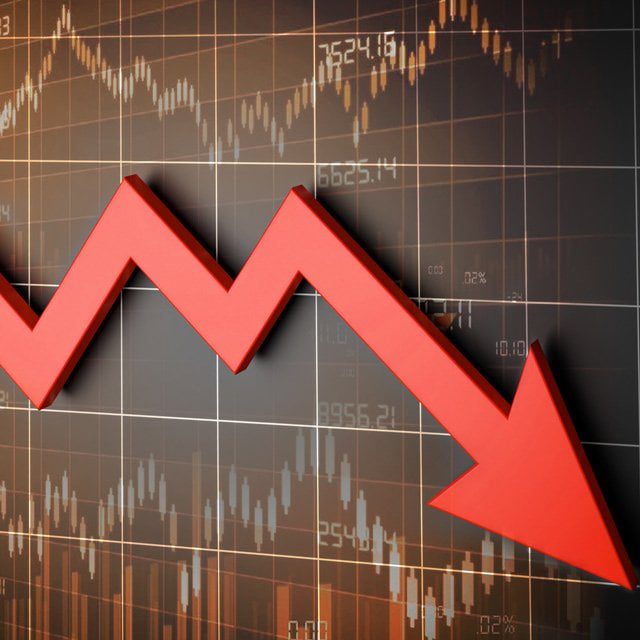Stocks Could Drop 10% in 2023: Roubini

What You Need to Know
This equity decline is expected if the global economy begins weaking, said the economist.
Mohamed El-Erian said investors have become too fixated on each economic statistic without seeing the bigger picture.
The threat of stagflation concerns Nobel Prize-winner Joseph Stiglitz.
Brittle financial markets and their vulnerability to swings in data are troubling observers gathered by Lake Como just as investors take fright at the prospect of stagflation in Europe.
Nouriel Roubini warned of a potential over-valuation in stocks as the Cernobbio Forum began in the northern Italian resort on Friday.
His fellow economist Mohamed El-Erian said investors have become too fixated on each economic statistic without seeing the bigger picture.
Roubini, whose doom-laden predictions accompanied key episodes of the 2008 global financial crisis, told Francine Lacqua on Bloomberg Television that reduced risks of a hard landing for the world are no reason for complacency among investors.
“Markets probably rally too much today, and that’s maybe going to lead to a correction in the second half of the year if the economic data is still weak and central banks have to hike a little bit more,” he said. “A 10% correction is not totally unlikely if the economy starts to soften up globally, and if you have still inflation that is essentially above target.”
He spoke after the label of stagflation, describing the toxic combination of lackluster growth and untamed consumer prices seen in the 1970s, re-emerged this week as data showing inflation stuck above 5% in the euro zone revived investor anxiety that first surfaced in 2022.
The late-summer gathering at the Villa d’Este hotel confronted the theme of “dealing with uncertainty” just days after the U.S. Federal Reserve’s meeting in Jackson Hole, Wyoming, set the tone for a potential “higher for longer” phase of monetary policy.
El Erian’s Views
“We are in an economy facing insufficient supply, as opposed to insufficient demand,” El-Erian, a contributor to Bloomberg Opinion and one of the panelists there, said in an interview. “The minute you start with that, rates will be higher for longer. Then you have all the commitments made when rates were very low that have to be refinanced.”
For El-Erian, risks have fragmented between regions, with the U.S. vulnerable to “financial fragility” from commercial real estate woes, while Europe contends with the danger of stagflation and China confronts the threat of deflation.
The U.S. challenges may dissipate over time with gradual refinancing, he said.




